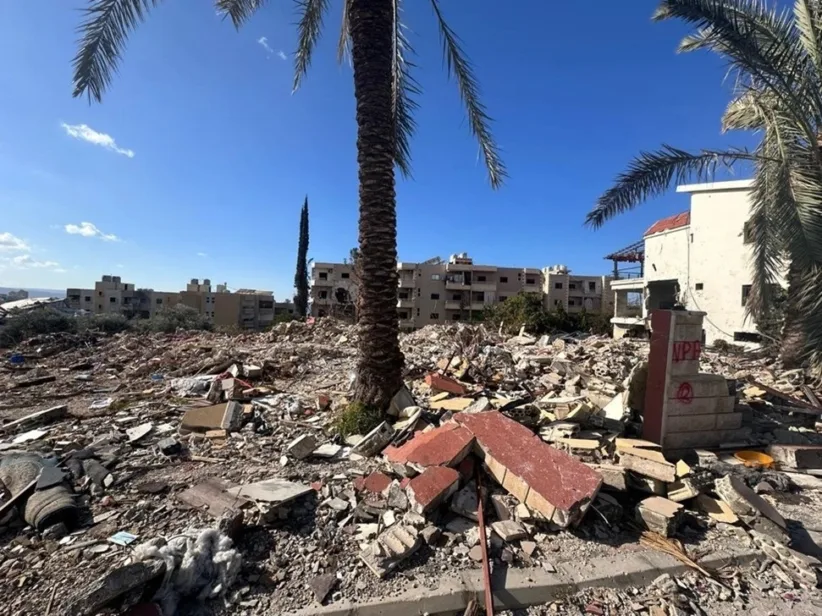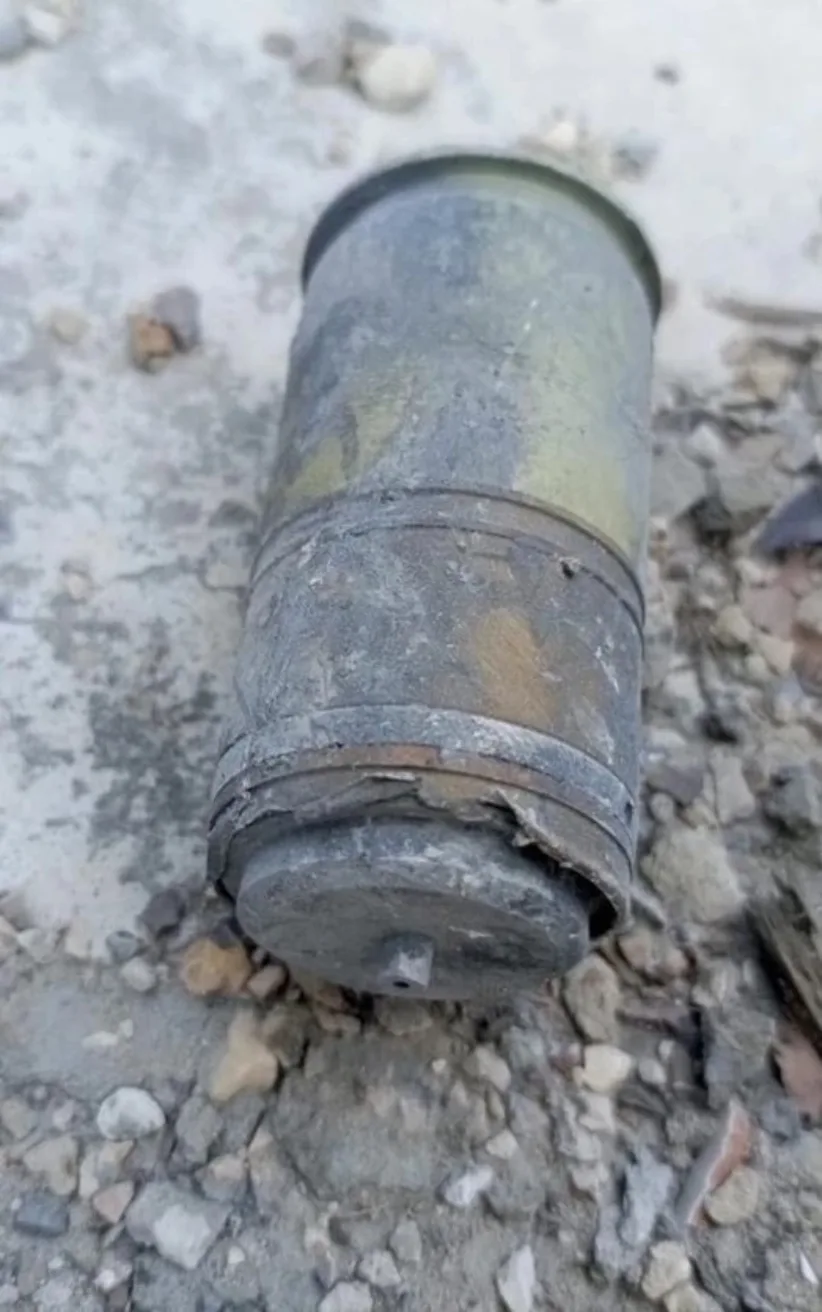Demining Resumes in Lebanon: – We’re seeing a huge level of destruction all around
The recent war in Lebanon has left a trail of devastation, displaced millions and caused widespread destruction. Even as the ceasefire holds, the threat of unexploded ordnance continues to loom over the country, particularly in the south. Amidst the ruins, the Norwegian People’s Aid (NPA) has resumed its crucial work of clearing explosive hazards and establishing the extent of new contamination, offering a glimmer of hope for a return to normalcy.

Life in the south, though showing signs of recovery, bears the heavy scars of conflict. Al-Hosh just south of Tyre, where NPA’s office is located, is surrounded by destroyed buildings, some within a mere 100 meters of the office. Although the office itself sustained only minor damage, the impact of the recent conflict surpasses that of the 2006 war.
At the forefront of the reconstruction effort
Despite the challenges, the people of Southern Lebanon are demonstrating remarkable resilience, programme manager for NPA Lebanon, Southern Craib, explains:
“The overarching approach is to pull their socks up and get on with life. The return to work is widely seen as a hugely positive sign and morale is high,” says Craib.
NPAs staff, many of whom were themselves displaced by the conflict, are back on the ground. Over 90 percent of the mine action staff in the south had to flee during the intense fighting. Now they are at the forefront of the reconstruction effort, clearing cluster bombs in Aley, southeast of Beirut, and searching for unexploded ordnance in the rubble of buildings in and around Tyre.
NPA Operations Manager Hasan Hamzi, who lost his own home and is currently renting alternative accommodation, exemplifies the dedication of the staff. He, along with his colleagues, is eager to contribute to the rebuilding process, highlighting the spirit of hope amidst the devastation.

Returning home is next to impossible
However, the task ahead is daunting. “The war has significantly set back the progress made towards a mine-free Lebanon. While the ceasefire has brought relative calm, the situation remains precarious”, says Craib.
The Israel Defence Forces (IDF) continue to conduct air and drone strikes, although at far lower intensity, artillery strikes have also occurred since the ceasefire. More worryingly is the fact that the IDF continues its scorched earth policy in villages along the border; using anti-tank mines, demolition charges and bulldozers to deliberately destroy housing and make a return to these villages next to impossible in the short term.
The NPA staff in Lebanon are dedicated and working hard, but they are currently limited to 60 percent capacity as they await confirmation on funding for the year. The level of funding will determine if they can increase their efforts by allowing operations staff to work more hours. This decision will be made in January 2025. Until then, they will continue working at their current capacity.
